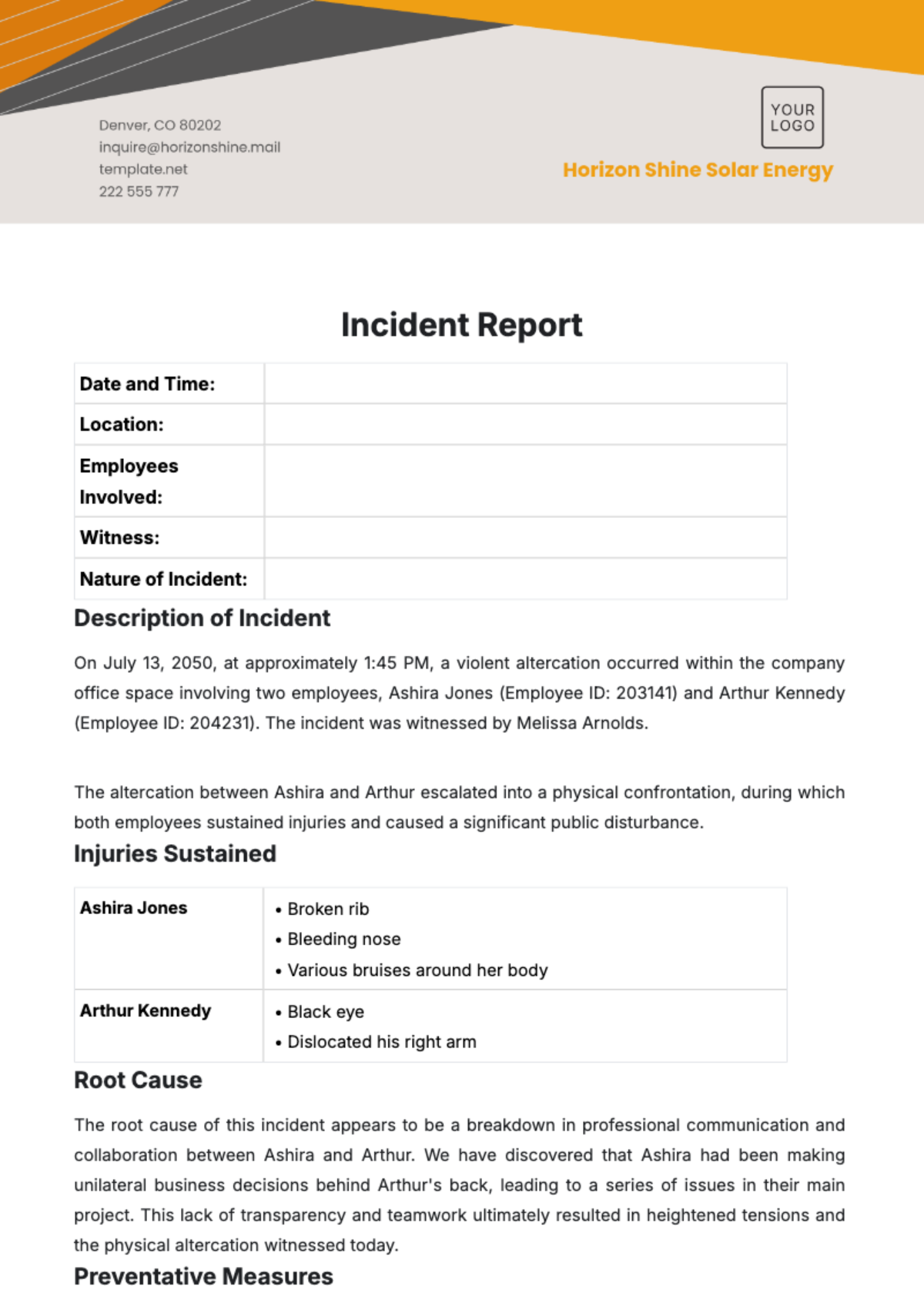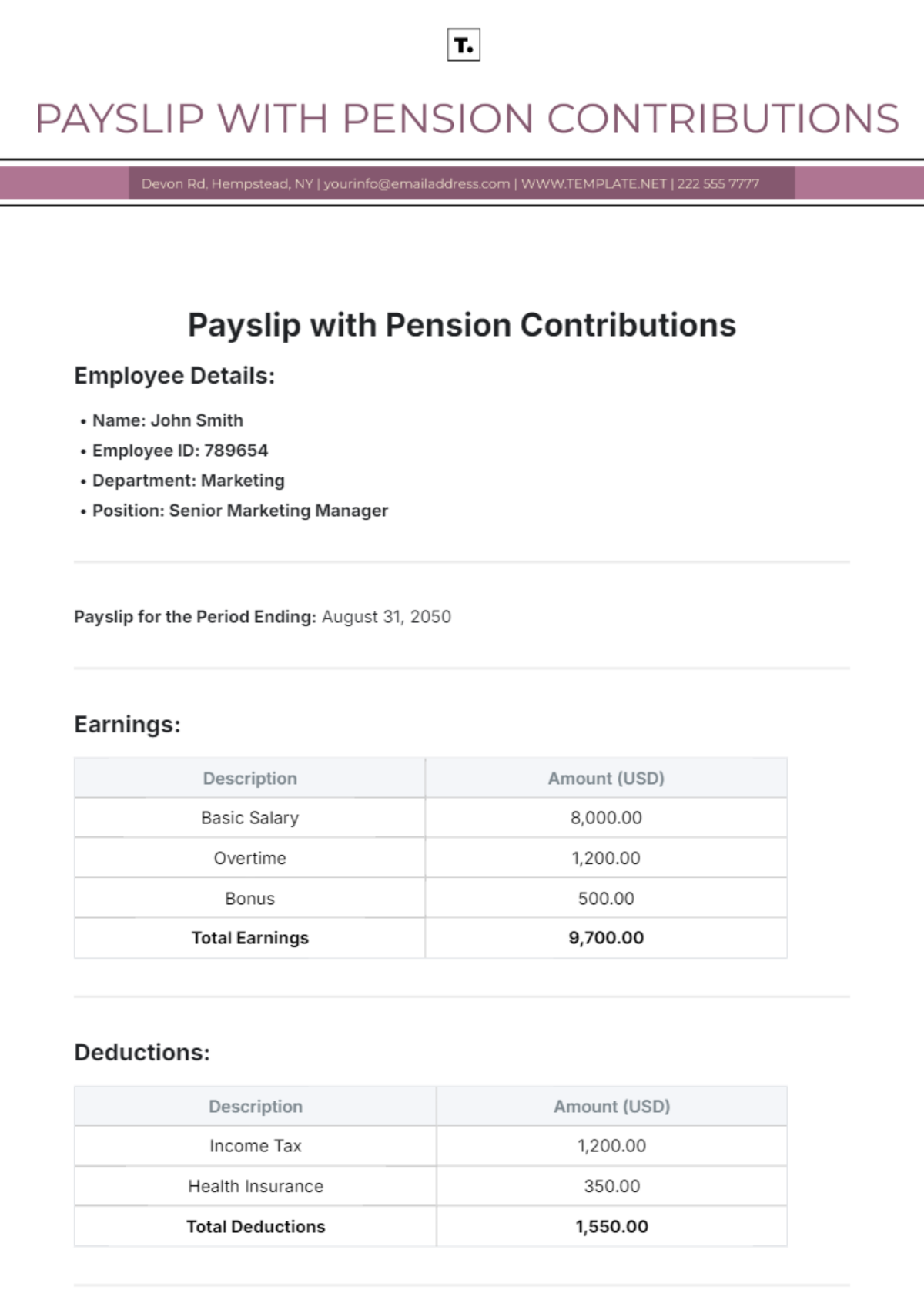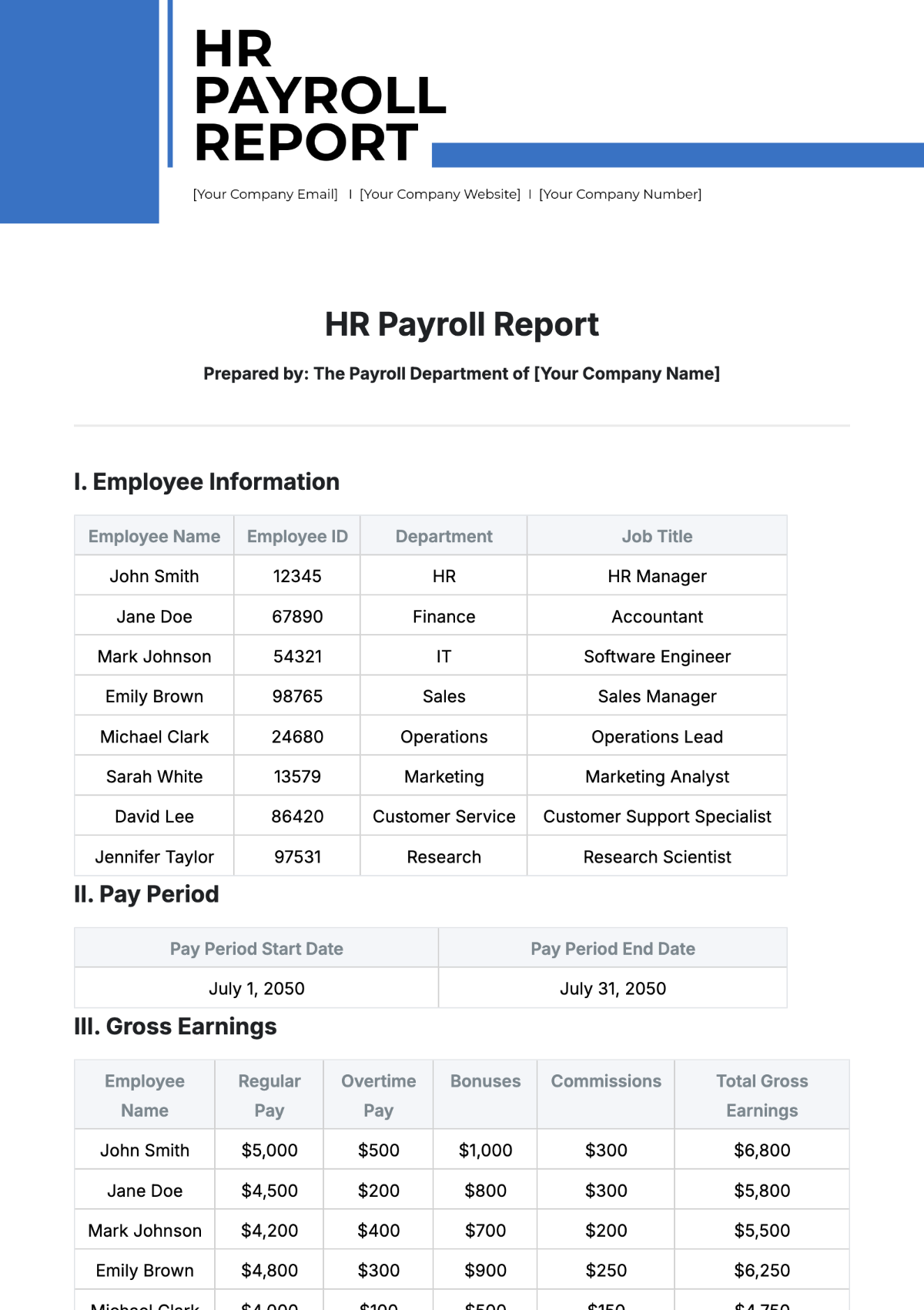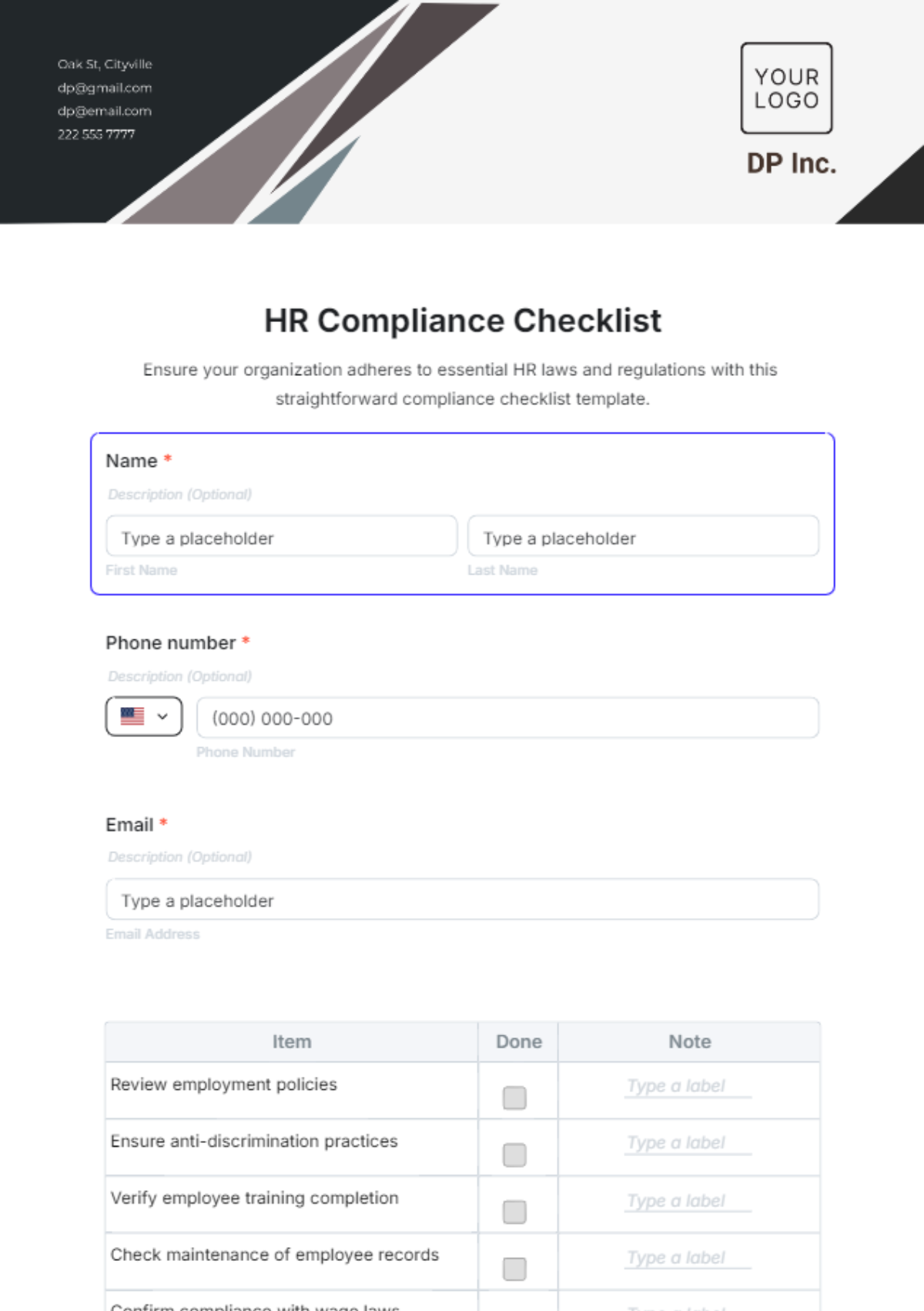Social & Team Building Activities Guide
TABLE OF CONTENTS
I. Introduction ........................................................................................................3
1.1 The Importance of Social & Team Building Activities ............................................3
1.2 Goals and Objectives ...............................................................................................3
II. Types of Activities .............................................................................................4
2.1 Indoor Activities .......................................................................................................4
2.2 Outdoor Activities ....................................................................................................4
2.3 Virtual Activities ......................................................................................................4
III. Planning Your Activities ...................................................................................5
3.1 Selecting the Right Activities: A Thoughtful Approach ........................................5
3.2 Scheduling: Strategic Timing for Maximum Impact .............................................5
3.3 Budgeting: Thoughtful Allocation of Resources ...................................................6
IV. Executing Successful Activities ......................................................................6
4.1 Preparation: The Foundation for Success .............................................................6
4.2 Facilitation: Nurturing an Inclusive Atmosphere ...................................................7
4.3 Post-Activity Evaluation: Nurturing Continuous Improvement ...........................8
V. Sample Activity Ideas .......................................................................................8
5.1 Icebreakers ...............................................................................................................8
5.2 Team Challenges .....................................................................................................9
5.3 Learning and Development ....................................................................................9
VI. Resources ........................................................................................................9
6.1 Recommended Suppliers .........................................................................................9
6.2 Online Tools .............................................................................................................9
VII. Conclusion ....................................................................................................10
Introduction
1.1 The Importance of Social & Team Building Activities
Social and team-building activities play a pivotal role in shaping the workplace culture at [Company Name]. These activities go beyond the confines of daily tasks and serve as catalysts for building authentic connections among our employees. By fostering a sense of community, they facilitate increased collaboration, alleviate workplace stress, and elevate job satisfaction to new heights. We understand the profound impact these activities can have, and that's why [Company Name] is deeply committed to proactively investing in them.
Our belief is that these activities provide employees with unique opportunities to engage with their colleagues in a relaxed, informal setting. Whether it's a team lunch, a friendly competition, or a creative workshop, they offer a chance for individuals to get to know one another on a personal level, transcending the boundaries of job titles and roles. This, in turn, helps break down communication barriers, foster empathy, and establish a more cohesive work community where individuals feel valued, heard, and connected.
1.2 Goals and Objectives
In pursuit of creating a thriving workplace culture, our overarching goals and objectives for social and team-building activities are clear and unwavering:
Strengthening team bonds: Our activities are carefully designed to encourage interaction and collaboration, helping employees forge deeper and more meaningful connections with their colleagues.
Improving communication: Effective communication is the lifeblood of any successful team. Our activities aim to enhance both verbal and non-verbal communication skills, fostering an environment where ideas flow freely and misunderstandings are minimized.
Boosting morale and motivation: Fun and engaging activities contribute significantly to a positive work atmosphere, leading to increased job satisfaction, higher morale, and motivated employees who are eager to contribute their best.
Enhancing problem-solving skills: Many of our team-building activities present unique challenges that require creative problem-solving, encouraging employees to think outside the box and develop innovative solutions.
Fostering creativity and innovation: Creative workshops, brainstorming sessions, and collaborative projects stimulate innovation by inspiring fresh ideas and diverse perspectives among team members.
Promoting a healthy work-life balance: We recognize the importance of maintaining a balanced life, and our activities provide opportunities for relaxation, stress relief, and rejuvenation, allowing employees to return to their work with renewed energy and focus.
2. Types of Activities
2.1 Indoor Activities
Our indoor activities are carefully curated to offer team members opportunities for personal and professional growth. From engaging in office games like board games, trivia, and puzzles that encourage friendly competition, to attending workshops that focus on leadership development, time management, and other essential skills, these activities aim to enrich the lives of our employees both inside and outside the workplace.
Themed lunches, where colleagues can bond while embracing creative dress codes, add a layer of fun and excitement to our indoor activities. Additionally, team-building exercises such as trust falls, blindfolded challenges and problem-solving activities are invaluable in promoting collaboration and camaraderie.
2.2 Outdoor Activities
Our outdoor activities provide team members with opportunities to embrace nature, engage in physical activities, and forge deeper connections. Consider participating in sports tournaments like soccer or softball, where friendly competition and teamwork take center stage. Organizing picnics complete with games and delicious food fosters a relaxed and enjoyable atmosphere.
Embarking on nature retreats such as camping or hiking encourages employees to reconnect with the natural world while building bonds that extend beyond the workplace. Additionally, we are committed to social responsibility and encourage our teams to unite for charity events where volunteering together for a good cause becomes a meaningful shared experience.
2.3 Virtual Activities
In an increasingly digital world, our virtual activities cater to remote teams, ensuring that they too can bond and collaborate effectively. Options include hosting online trivia games using platforms like Zoom, where participants can test their knowledge and engage in friendly competition from the comfort of their own homes. Solving puzzles and riddles together in virtual escape rooms challenges teams to put their collective problem-solving skills to the test.
Attending webinars or workshops as a team via online platforms provides valuable opportunities for learning and development, even when team members are geographically dispersed. Lastly, engaging in remote team-building challenges through video conferencing platforms helps bridge the gap between physical distance and emotional connection.
3. Planning Your Activities
3.1 Selecting the Right Activities: A Thoughtful Approach
When it comes to choosing activities, adopting a meticulous and thoughtful approach is paramount to their success. It's crucial to take into account the unique preferences, needs, and dynamics of your team. Each team is a blend of diverse personalities, and understanding what resonates with your group is the first step toward creating memorable and impactful experiences. Therefore, consider conducting surveys or holding open discussions to gather input from team members on their preferences.
Moreover, ensure that the selected activities align seamlessly with the overarching goals and objectives you've meticulously defined for team building. Every activity should serve a purpose, whether it's to strengthen bonds, improve communication, boost morale, or achieve any of the other objectives you've set. By aligning activities with these objectives, you ensure that each engagement contributes meaningfully to the growth and cohesion of your team.
3.2 Scheduling: Strategic Timing for Maximum Impact
Strategic planning and scheduling are the cornerstones of ensuring the success of your team-building activities. It's not just about what you do; it's also about when you do it. Carefully consider the timing of these activities. You can integrate them into regular work hours or strategically plan them as part of special events like quarterly meetings or annual retreats.
By incorporating team-building activities into the workday or integrating them into larger events, you increase the likelihood of maximum participation and engagement from team members. Participants can fully immerse themselves in the experience without concerns about disrupting their daily routines. This strategic approach not only maximizes participation but also ensures that team-building becomes an integral part of your company culture.
3.3 Budgeting: Thoughtful Allocation of Resources
To execute impactful team-building activities, proper budgeting is essential. Your budget should be more than just a financial plan; it should be a reflection of your commitment to fostering a positive and inclusive workplace culture. Allocate resources thoughtfully, covering expenses such as venue rentals, catering, materials, and any additional costs that may arise. Consider investing in professional facilitators or experts who can enhance the quality of your activities.
Furthermore, seek input from employees during the budgeting process. By involving team members in financial decisions, you not only ensure transparency but also make everyone feel valued and involved in the decision-making. This inclusivity not only strengthens team morale but also ensures that the chosen activities cater to the diverse interests and needs of your team.
In summary, the planning phase of your team-building activities should be characterized by a meticulous selection of activities that align with your goals, strategic scheduling to maximize participation, and thoughtful allocation of resources with input from your team. This approach not only sets the stage for successful team-building initiatives but also underscores your commitment to creating a workplace culture where every team member's voice is heard, and every individual is empowered to thrive.
4. Executing Successful Activities
4.1 Preparation: The Foundation for Success
To ensure the resounding success of your team-building activities, meticulous preparation stands as the bedrock upon which every engaging experience is built. This phase is the prelude to the excitement and learning that your team members will embark upon. The key to this stage lies in attention to detail, clear communication, and impeccable organization.
Clear and concise communication is vital during the preparation phase. Participants must be well-informed about every aspect of the upcoming activity, from its purpose and objectives to logistical details such as date, time, and location. This transparent communication sets the stage for enthusiastic participation and engagement.
Moreover, the availability of all required resources and materials before each activity is non-negotiable. Nothing dampens the spirits of eager participants more than discovering that essential materials are missing or logistics are askew. Therefore, a thorough checklist should be diligently reviewed to ensure that no detail is overlooked. This ensures that your team members can focus on the experience itself rather than logistical concerns.
In addition to meticulous preparation, appointing a dedicated coordinator or facilitator for each activity can significantly contribute to its success. These individuals act as the conductors of the experience, ensuring that all elements come together harmoniously. They can guide participants, address questions or concerns, and oversee the flow of the activity, ensuring that everything runs smoothly and seamlessly.
4.2 Facilitation: Nurturing an Inclusive Atmosphere
Creating a welcoming and inclusive atmosphere during team-building activities is paramount to fostering a positive and enriching experience. It's not just about what happens during the activity but also how it happens. This phase is where the heart of team building truly resides, as it involves building connections, strengthening relationships, and promoting a sense of belonging.
Encouraging active participation from all team members is a cornerstone of effective facilitation. Every voice should have an opportunity to be heard, and every individual should feel empowered to contribute. In an inclusive environment, diversity of thought and perspective is celebrated, leading to richer discussions, innovative solutions, and strengthened team bonds.
Furthermore, it's essential to ensure that everyone's contributions are not only acknowledged but also appreciated. Genuine recognition and gratitude go a long way in boosting morale and motivating team members. This reinforcement of positive behavior fosters a culture of appreciation and respect, making team members feel valued and motivated to continue engaging actively.
After each activity, conducting debriefing sessions is crucial. These sessions provide a platform for participants to reflect on their experiences, share insights, and discuss lessons learned. Identifying areas for improvement and collectively enhancing future engagement is an integral part of the debriefing process. It not only reinforces the positive impact of team-building activities but also demonstrates a commitment to continuous improvement.
4.3 Post-Activity Evaluation: Nurturing Continuous Improvement
At the heart of our team-building philosophy lies the principle of continual improvement. The post-activity evaluation phase is where the seeds of improvement are sown, nurtured, and cultivated for future growth. It's about harnessing the power of feedback, data, and reflection to refine and enhance our team-building initiatives continually.
Collecting feedback from participants after each activity is an invaluable practice. This feedback serves as a treasure trove of insights into what worked exceptionally well and where there is room for enhancement. Every participant's perspective is a valuable data point, contributing to the refinement and optimization of future activities.
The feedback collected also aids in measuring the success of each activity against your defined goals and objectives. Did the activity strengthen team bonds as intended? Did it enhance communication, boost morale, or foster creativity? By aligning the feedback with predefined objectives, you can gauge the effectiveness of each activity in a quantifiable manner.
This data-driven approach empowers you to make informed decisions for future initiatives. It enables you to identify trends, strengths, and areas that require improvement. Armed with this knowledge, you can adapt, iterate, and innovate, ensuring that each subsequent team-building activity is more impactful and meaningful than the last.
In conclusion, meticulous preparation, effective facilitation, and post-activity evaluation are the pillars upon which the success of our team-building activities rests. These phases are not merely logistical necessities but rather integral components of our commitment to creating a workplace culture where collaboration, growth, and continuous improvement are not just ideals but lived realities.
5. Sample Activity Ideas
5.1 Icebreakers
Icebreakers serve as the perfect starting point to kickstart interactions and build connections within your team. Consider activities like "Two Truths and a Lie," where team members share interesting facts about themselves, or "Human Bingo," a game that encourages participants to find commonalities and unique qualities among themselves. "Speed Networking" sessions offer a structured environment for colleagues to connect and share their experiences and interests, further strengthening connections.
5.2 Team Challenges
Challenge your team with activities that push them to collaborate, strategize, and problem-solve together. "Escape Room Challenges" offers an immersive experience where teams must work against the clock to solve puzzles and unlock clues to escape. "Tower Building with Limited Supplies" encourages creativity and resourcefulness as teams construct structures with limited resources. "Scavenger Hunts" are dynamic and exciting challenges that require both teamwork and quick thinking.
5.3 Learning and Development
Invest in the growth and development of your team through tailored workshops and seminars. Leadership workshops empower team members with the skills and knowledge they need to become effective leaders. Conflict resolution training equips them with essential skills to navigate conflicts gracefully and collaboratively. Seminars focusing on diversity and inclusion foster a culture of empathy, understanding, and respect within the workplace.
6. Resources
6.1 Recommended Suppliers
Consider collaborating with local event planning companies that specialize in team-building activities. They can offer a wealth of expertise and resources to create memorable and impactful experiences for your team. Additionally, consulting with team-building experts or facilitators can provide valuable insights into designing activities that align with your objectives.
6.2 Online Tools
In today's digital age, the right online tools can streamline the planning and execution of team-building activities. Platforms like SurveyMonkey are excellent for collecting feedback, providing a structured and convenient way for team members to share their thoughts and experiences. For virtual activities, platforms like Zoom, Microsoft Teams, or Slack are invaluable for hosting online events effectively and ensuring seamless communication among remote team members.
7. Conclusion
At [Company Name], we hold the well-being and unity of our team members in the highest regard. Our commitment to fostering a vibrant, inclusive, and dynamic workplace culture is unwavering. Through the thoughtful implementation of social and team-building activities, we embark on a journey that transcends the ordinary, propelling us toward extraordinary achievements.
This guide serves as your compass, not merely a set of instructions, but a testament to our collective dedication to creating a workplace where collaboration, creativity, and camaraderie thrive. It represents the first step in a series of adventures that will bring us closer together, inspire innovation, and unlock hidden potentials within each of us.
Yet, our journey doesn't conclude here. We emphasize that the key to a successful social and team-building program lies in the ongoing commitment to engagement and adaptation. Our pursuit of excellence knows no bounds. As we continue this voyage, we encourage you to explore new ideas and activities, to keep the [Company Name] team motivated, connected, and endlessly inspired.
Together, we are an unstoppable force. Together, we'll continue to achieve great things, nurturing an environment where every team member feels valued, empowered, and connected to a larger purpose. With each activity, we cultivate deeper relationships, ignite fresh sparks of creativity, and propel [Company Name] to new heights. The possibilities are endless, and the journey is boundless. Let us embrace it together, for greatness awaits us on the horizon.
















































